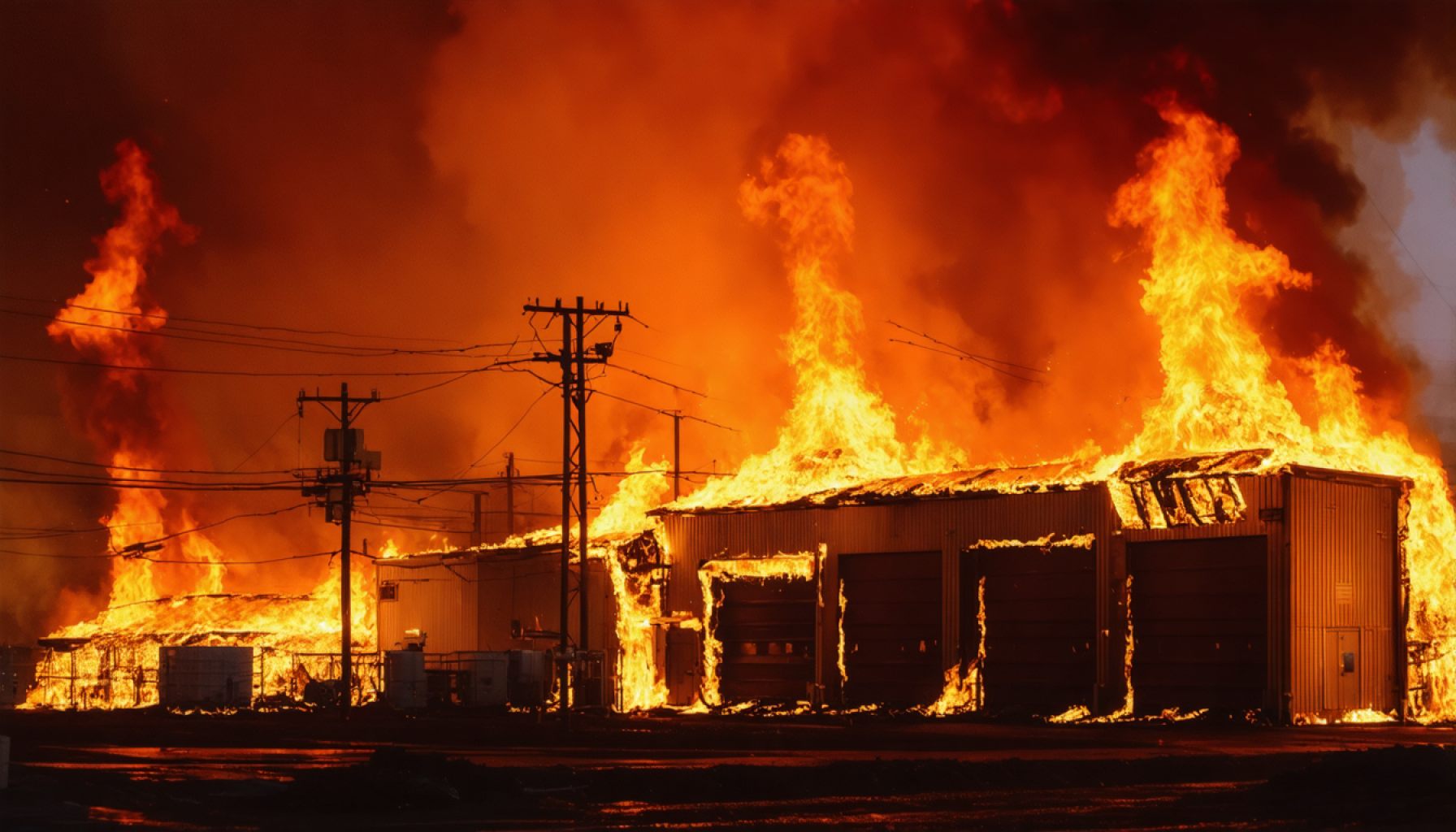- Understanding the Incident: The four-day fire at Vistra Energy’s facility in Moss Landing revealed significant safety gaps in battery storage systems, prompting urgent industry reflection and reforms.
- Environmental & Health Concerns: The incident led to elevated levels of toxic metals in the soil, spotlighting potential long-term ecological and health risks that require ongoing monitoring and mitigation.
- Community Empowerment: Proposed legislation seeks to shift permitting authority for renewable projects from the state to local levels, enhancing local community involvement and safety considerations.
- Stricter Standards Needed: The disaster has accelerated the need for more rigorous safety and permitting standards in the renewable energy sector to prevent future incidents.
- Focus on Innovation: There is a growing demand for innovative fire suppression and safety technologies to protect communities and the environment in future energy projects.
An intense four-day inferno at Vistra Energy’s lithium battery facility in Moss Landing, California, has illuminated critical safety vulnerabilities, shaking the foundation of the renewable energy sector. This disaster forced the relocation of 1,200 residents and sealed shut the vital Highway 1, as billowing toxic smoke painted a grim picture over California’s fertile landscape. In the aftermath, the discovery of increased toxic metal levels in the soil has spotlighted potential ecological hazards posed by such energy systems.
Vistra Energy is investigating the failure of fire suppression systems, triggering a wave of concern. Despite expert reassurance against immediate threats, this incident has fueled calls for rigorous scrutiny and sweeping reforms, essential for future renewable energy projects. The urgency to enhance approval protocols for upcoming battery storage ventures is rising, a crucial pivot in California’s green energy ambitions.
Legislative Movement from the Ground Up: Amidst rising tension, Assembly Member Dawn Addis advocates for legislation that transfers permitting power from state hands to local authorities. This bold move aims to amplify community involvement, ensuring safety measures in renewable endeavors reflect local priorities.
Key Insights:
– Technological Innovations: Expect a surge in advancements in safety technologies and fire suppression systems designed to protect communities and ecosystems near battery storage facilities.
– Regulatory Overhaul: Anticipate stricter permitting processes and stronger community-focused governance in future energy project approvals.
– Health Vigilance: Continuous monitoring of soil toxicity is crucial to mitigate long-term health impacts in affected areas.
The Moss Landing disaster serves as a stark wake-up call, urging the renewable sector to navigate safely toward a sustainable future. As California races towards this goal, ensuring both community trust and safety remains a priority. Stay engaged, as our collective energy future relies on vigilant oversight and cutting-edge innovation.
The Hidden Perils of Renewable Energy: What the Moss Landing Inferno Revealed
The catastrophic fire at Vistra Energy’s Moss Landing lithium battery facility has unearthed numerous critical insights and driven a re-evaluation of existing practices in the renewable energy sector. The incident has raised several pressing questions about safety, environmental impact, and future directions in energy storage systems.
What are the key improvements in safety technologies for battery storage facilities?
In response to the Moss Landing disaster, a significant emphasis is being placed on innovations in safety technologies. We can expect new advancements in cooling systems for batteries that aim to minimize overheating risks. Moreover, next-generation fire suppression systems leveraging artificial intelligence for predictive maintenance and early detection of faults are under development. These improvements are designed to protect nearby communities and ecosystems from similar incidents, ensuring robust prevention against catastrophic failures.
How is the regulatory landscape changing for renewable energy projects in California?
The Moss Landing incident has prompted a regulatory overhaul in California. The proposed legislation by Assembly Member Dawn Addis seeks to decentralize the permitting process by shifting authority from state to local governments. This change aims to enhance community engagement and ensure energy projects align with local safety and environmental priorities. As a result, we can anticipate more stringent permitting processes and a greater emphasis on community-focused governance in renewable energy project approvals.
What are the environmental and health implications following the inferno?
The discovery of elevated toxic metal levels in the soil post-incident raises concerns about long-term ecological and health impacts. Continuous soil toxicity monitoring is crucial to prevent adverse effects on the health of local populations and the environment. These findings underscore the need for sustainable waste management practices and effective remediation strategies. Efforts will likely include increased research into soil decontamination techniques and the development of policies ensuring proper handling and disposal of toxic materials from energy storage sites.
For further information on renewable energy developments and regulatory changes, visit Vistra Energy.
The Moss Landing disaster serves as a pivotal moment, highlighting the necessity for rigorous oversight, robust safety measures, and community involvement in shaping the future of renewable energy. As the sector evolves, balancing innovation with sustainability and safety remains paramount.

















